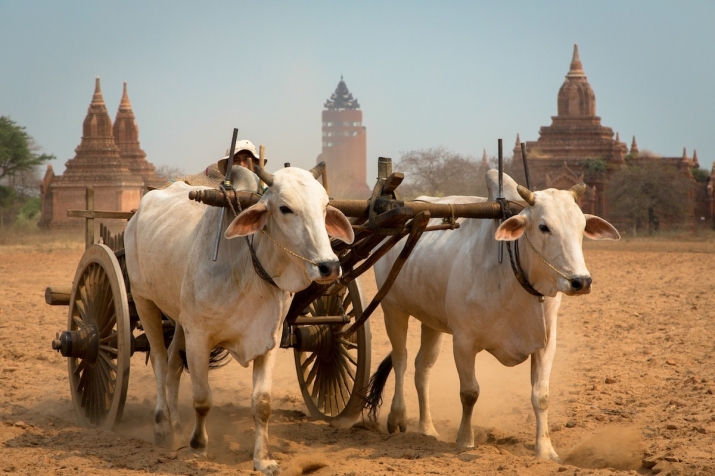In Myanmar, native cattle are mainly used for a draught. Currently, the available genetic information about them is limited. In this study, complete mtDNA D-loop sequences were analyzed for genetic diversity and differentiation of four popular local breeds –
1. Shwe Ni
2.Pyar Sein
3.Ngwar Pyar Ni
4.Shan Ngwar Pu
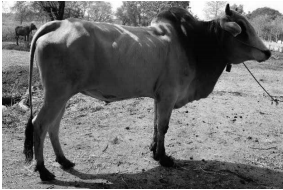
Cattle are one of the most economically important livestock in Myanmar. In 2016, Myanmar owned 16.6 million head of cattle (about 1.1% of world cattle population), based on the FAOSTAT database, and was among the top twenty countries rearing cattle head. Historically, cattle in Myanmar were used as a source of power in agriculture, for ploughing the fertile fields of the country’s river valleys. Native cattle are the main source of animal power for cultivation (U Khin Win 1991). Myanmar native cattle are the zebu type (Bos indicus) and adapted to the harsh native environment, resistant to tropical diseases and external parasites, and can sustain with low-quality roughages and grasses. Based on them, several local breeds, such as Pyar Sein, Shwe Ni, Ngwar Pyar Ni, Shan Ngwar Pu (Shan), Katonta, Kyauk Pyu, Yenbye and Kadarta, have been developed (Than Daing 2004). In the local breeds, Pyar Sein, Shwe Ni, Ngwar Pyar Ni and Shan Ngwar Pu (Shan), are popular because of their usefulness as excellent draught animals. Pyar Sein is blue in coat colour. Shwe Ni ( is red in coat colour, hooves, eyes, nose, tail and horns. Ngwar Pyar Ni is red in coat colour, but black in hooves, eyes, nose, tongue and horns. Shan Ngwar Pu (Sha; Fig.1d) is variable in coat colour but has the smallest body
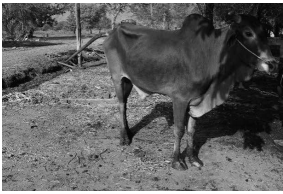
weight among the local breeds (Maeda et al. 2004). These breeds, except Sha, have been reared throughout the country but are more concentrated in the central part of Myanmar, such as the Mandalay, Sagaing and Magway regions (National Consultative Committee, Myanmar 2002). Shan Ngwar Pu is reared only in the Shan state. Furthermore, cattle crossbred between exotic breeds and native cattle are reared in Myanmar. The crossbreds between Holstein Friesian and native cattle are the most popular because of high milk productivity.
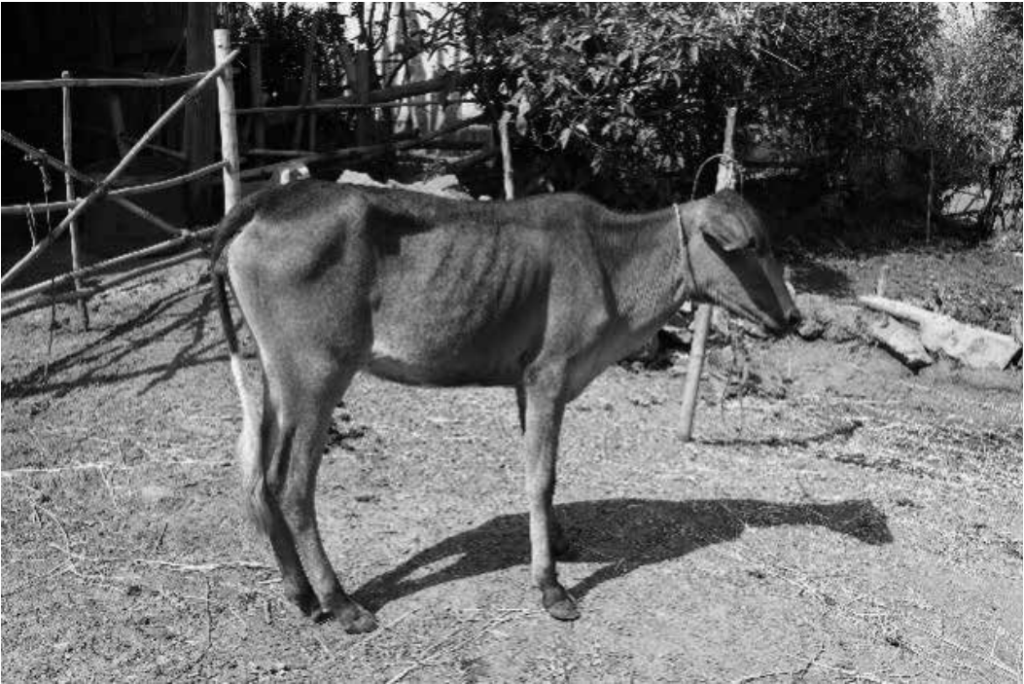
Clear phylogenetic bifurcation in bovine mitochondrial DNA (mtDNA) has been reported (Loftus et al. 1994; Bradley et al. 1996): major haplogroups T and I in Bos taurus and Bos indicus, respectively. In the mtDNA D-loop sequences, B. taurus was categorized into five subhaplogroups (T, T1, T2, T3 and T4) and B. indicus into two sub-haplogroups I1 and I2 (Achilli et al. 2008; Chen et al. 2010). In addition, five major haplogroups P, Q, R, C and E have been identified in the D-loop sequences: Haplogroup P was found in ancient European aurochs (Bos primigenius) and modern Asian cattle populations (Achilli et al. 2008). Haplogroup Q is closely related to the haplogroup T (Bonfiglio et al. 2010) and was found in ancient cattle (Bollongino et al. 2006) and modern cattle in Eurasia and Africa (Achilli et al. 2008; Achilli et al. 2009). Haplogroup R has only been detected in modern Italian cattle (Bonfiglio et al. 2010). Haplogroup C was observed in ancient northeast Chinese cattle dated to 10,660 BP (Zhang et al. 2013). Haplogroup E was detected in an aurochs (<6,000 BP) from Germany (Edwards et al. 2007).
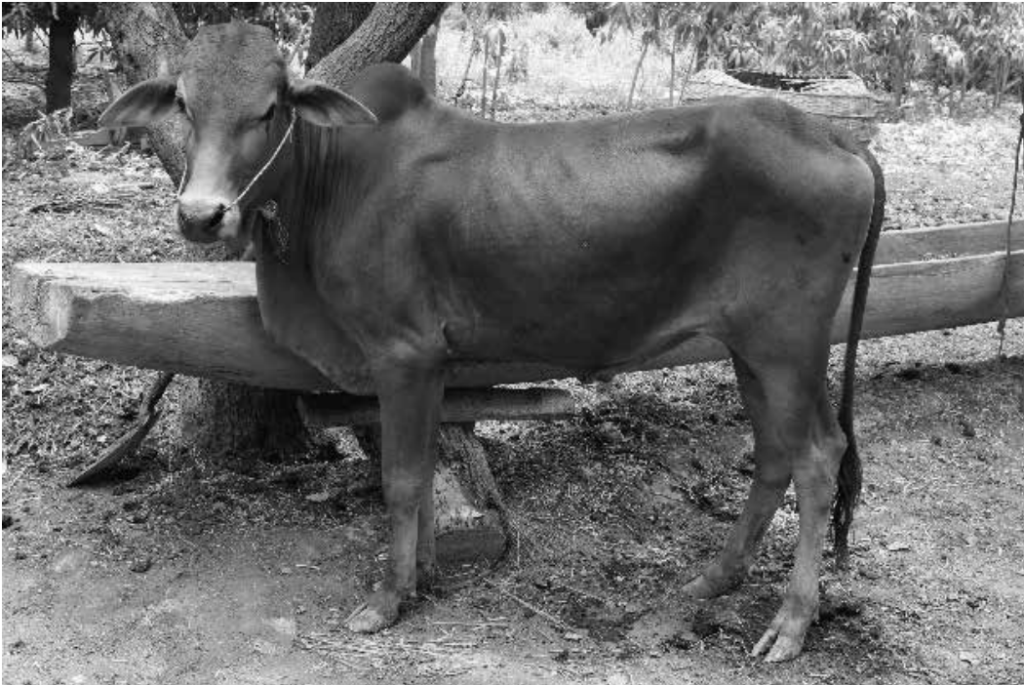
To date, some genetic studies on Myanmar native cattle have been reported (Maeda et al. 2004; Nomura et al. 2004; Tanaka et al. 2004; Chen et al. 2010; Shimogiri et al. 2010). Maeda et al. (2004) stated that Myanmar native cattle have nine patterns of coat color. From the studies on blood protein and SRY gene polymorphisms, Myanmar native cattle generally belong to the zebu type (Nomura et al. 2004; Tanaka et al. 2004). Also, Chen et al. (2010) showed that 30 Myanmar native cattle had zebu haplotypes using mitochondrial D-loop sequence. However, there is no molecular genetic study focusing on local breeds in Myanmar. The present study was undertaken to assess the mtDNA variation and the genetic diversity of popular local breeds and the crossbred population in Myanmar. The resulting information can be used in formulating national plans and strategies for sustainable improvement and conservation of cattle genetic resources in Myanmar.
